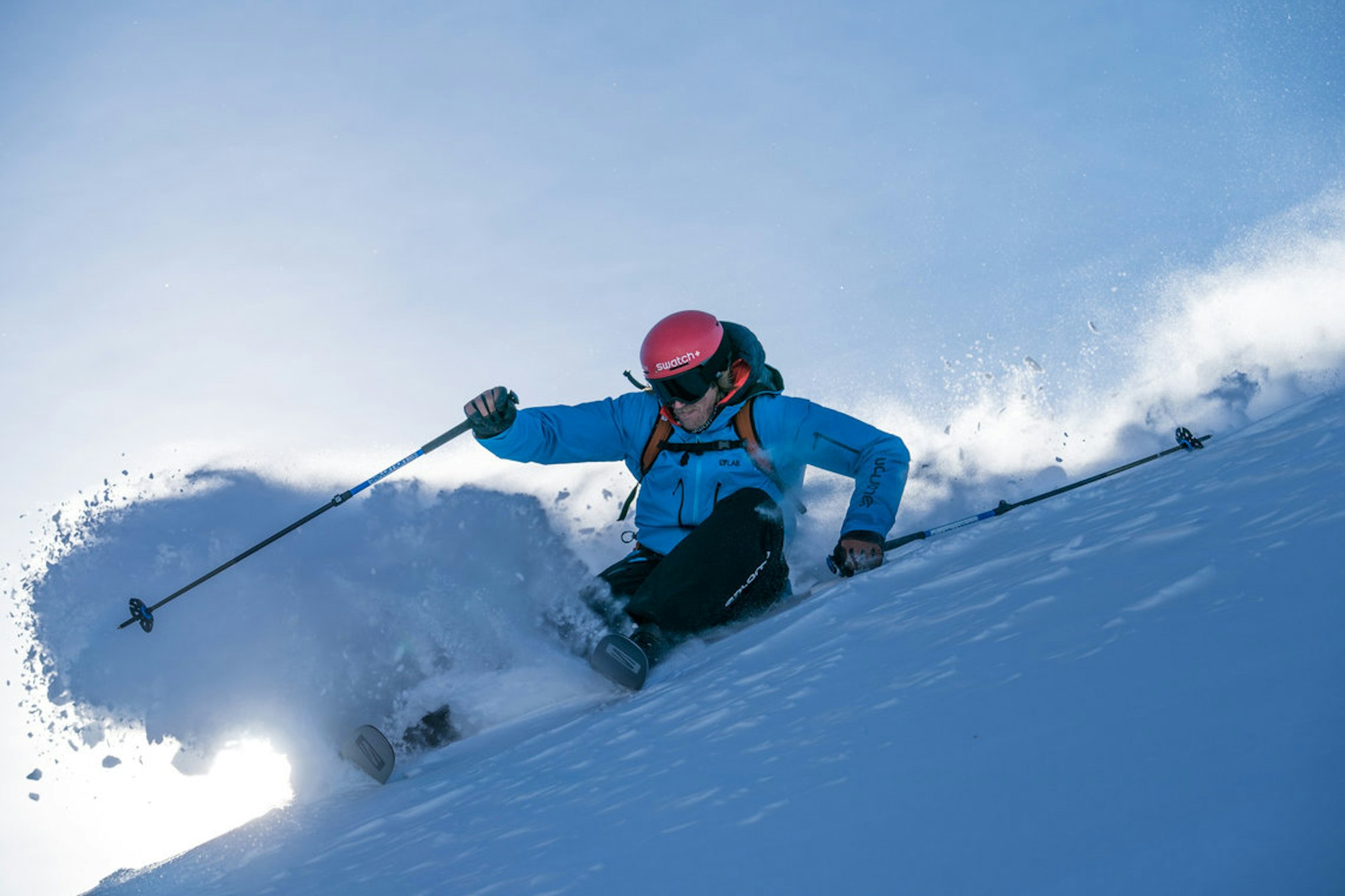Like Captain Ahab’s tireless search of Moby Dick, ski binding manufacturers have been tasked with a never-ending chase after a binding that can truly meld the benefits of alpine and tech designs into a do-it-all binding. Unlike Captain Ahab, the fate of the manufacturers is, fortunately, victorious.
Today, after seven-plus years of research and development, Salomon unveiled its brand-new S/Lab SHIFT MNC binding—a game changer for skiers that split time between the backcountry and resort. Set for release in September of 2018, (yup, just a sneak peek for now) it is able to tour uphill with toe pins, and then lock down your foot in an Alpine toe and heel for descents.
The true star of the Shift show is the toepiece. It features clamping pin-tech jaws, allowing the user to have a full range of motion when skinning and kick-turning, and ultimately travel uphill with comparable efficiency to a standard tech binding. However, between the jaws is a simple lever that when lifted pulls the toe wings in, joining the lever and ultimately transforming the toe into a standard alpine toe piece. For reference, the toe boasts 47 mm of elastic travel, the same as Salomon’s trusted STH2. The toe boasts a DIN range of 6-13.
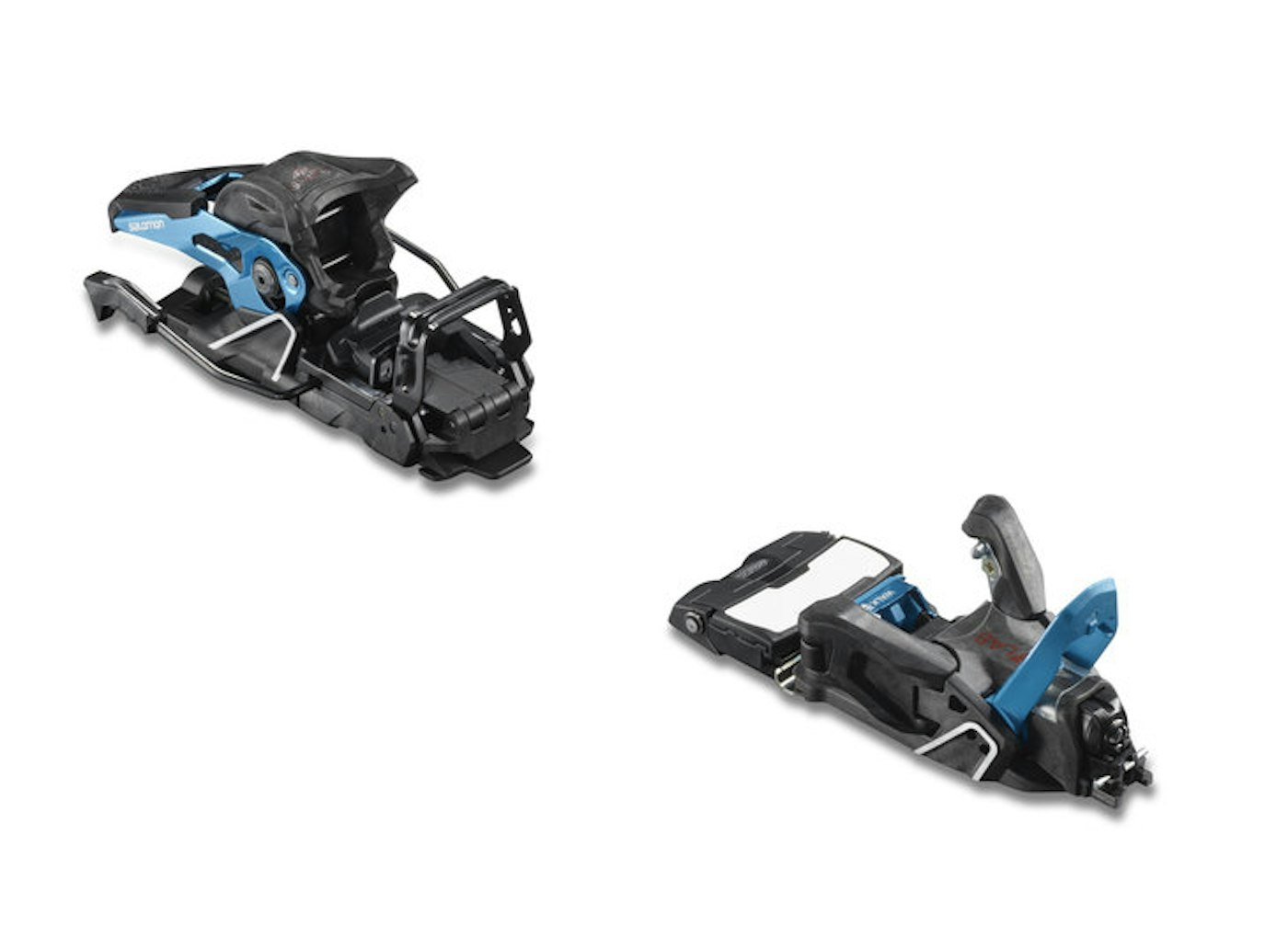
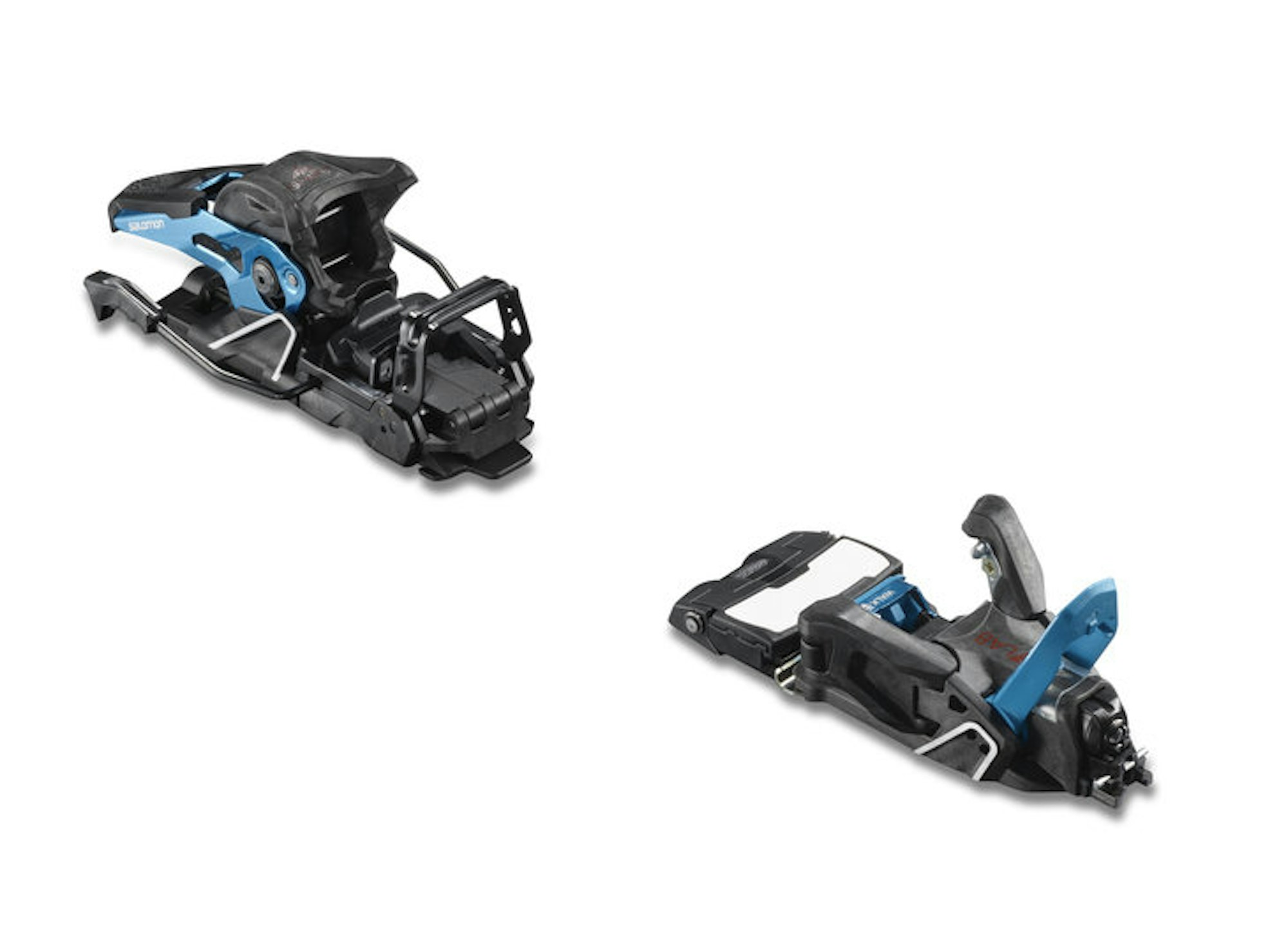
The binding’s heelpiece has a similar construction to that of the STH2 and has the same DIN range as the toe. The binding is multi-norm certified, meaning it’s compatible with all adult ski boot sole types.
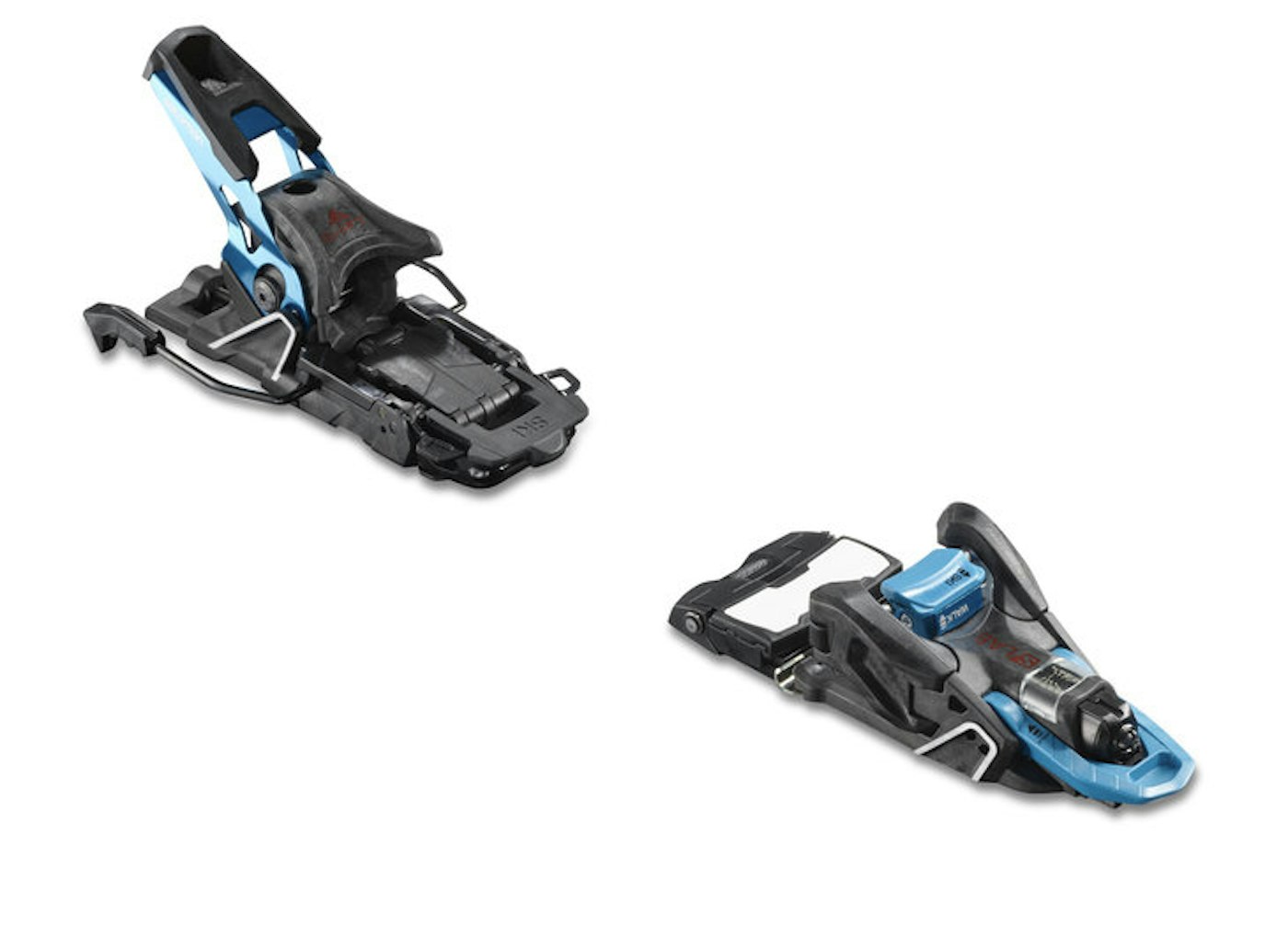
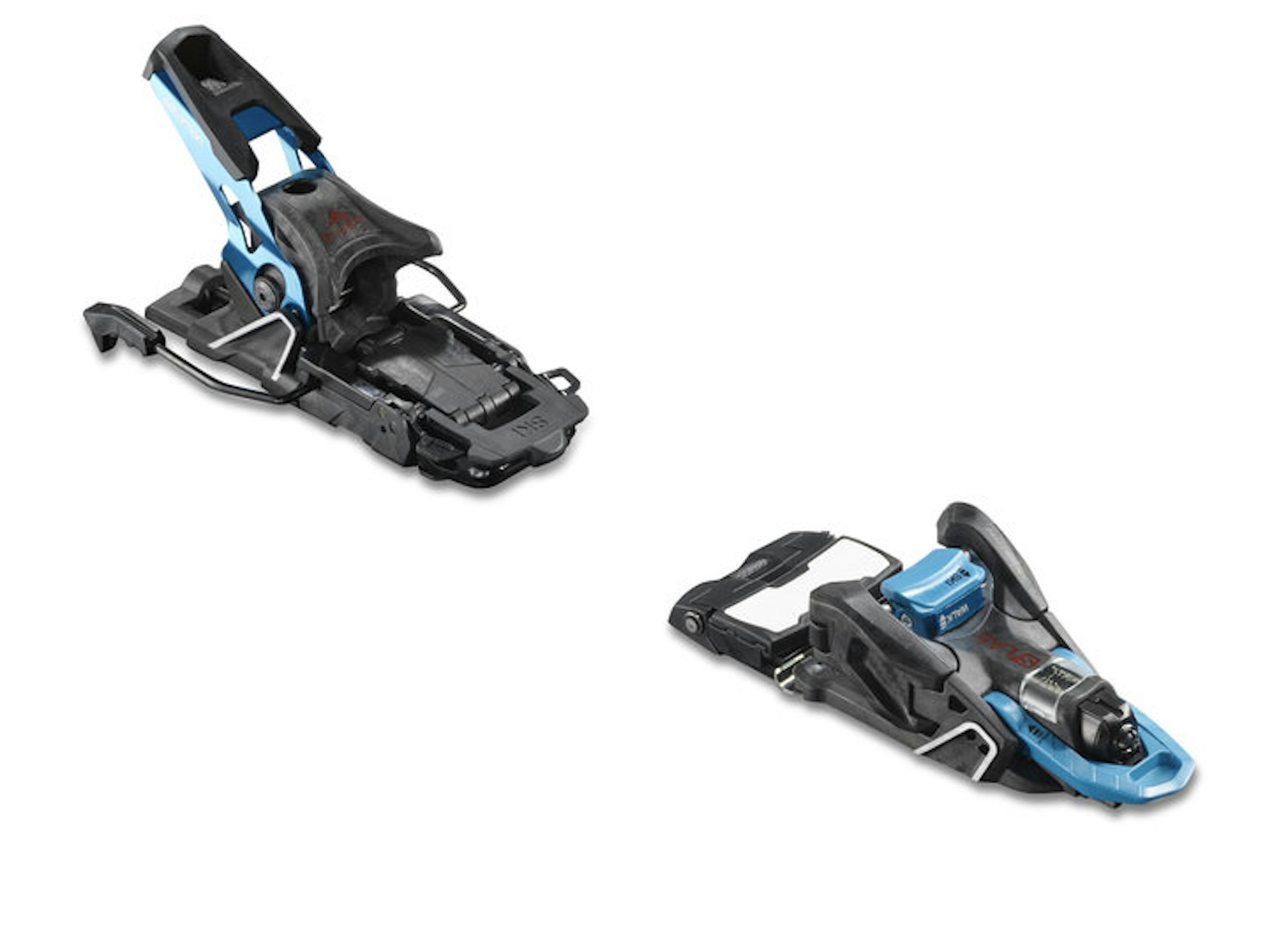
“The S/Lab SHIFT is the ultimate binding for hard-charging backcountry skiers,” says Salomon athlete and S/Lab SHIFT prototype tester, Cody Townsend. “By creating a binding that tours with the freedom of pins and skis with the power and elasticity of an alpine binding, Salomon has discovered the holy grail, the dream.”
While binding manufacturers have produced countless innovative tech designs in recent years, all aimed at shedding weight while maintaining power transmission and safety standards, the toe has always been the downfall.
A standalone pin-tech toepiece cannot offer the same elasticity or power transmission that a traditional alpine one can. For many skiers going after big objectives—a 50-degree, icy couloir for example—they’ll lock their toepiece before the descent in order to prevent a release and loss of a ski. The compromise there is that the skier is forced to choose between preventing an unwanted pre-release in high-risk terrain or possibly injuring themselves because the binding didn’t release. Or, in some cases, falling victim to an avalanche, failing to release and having their ski act as an anchor, dragging them underneath the snow.
“Most of the skiers I know lock out their toe, unless they’re skiing low angle powder or something,” says Townsend.
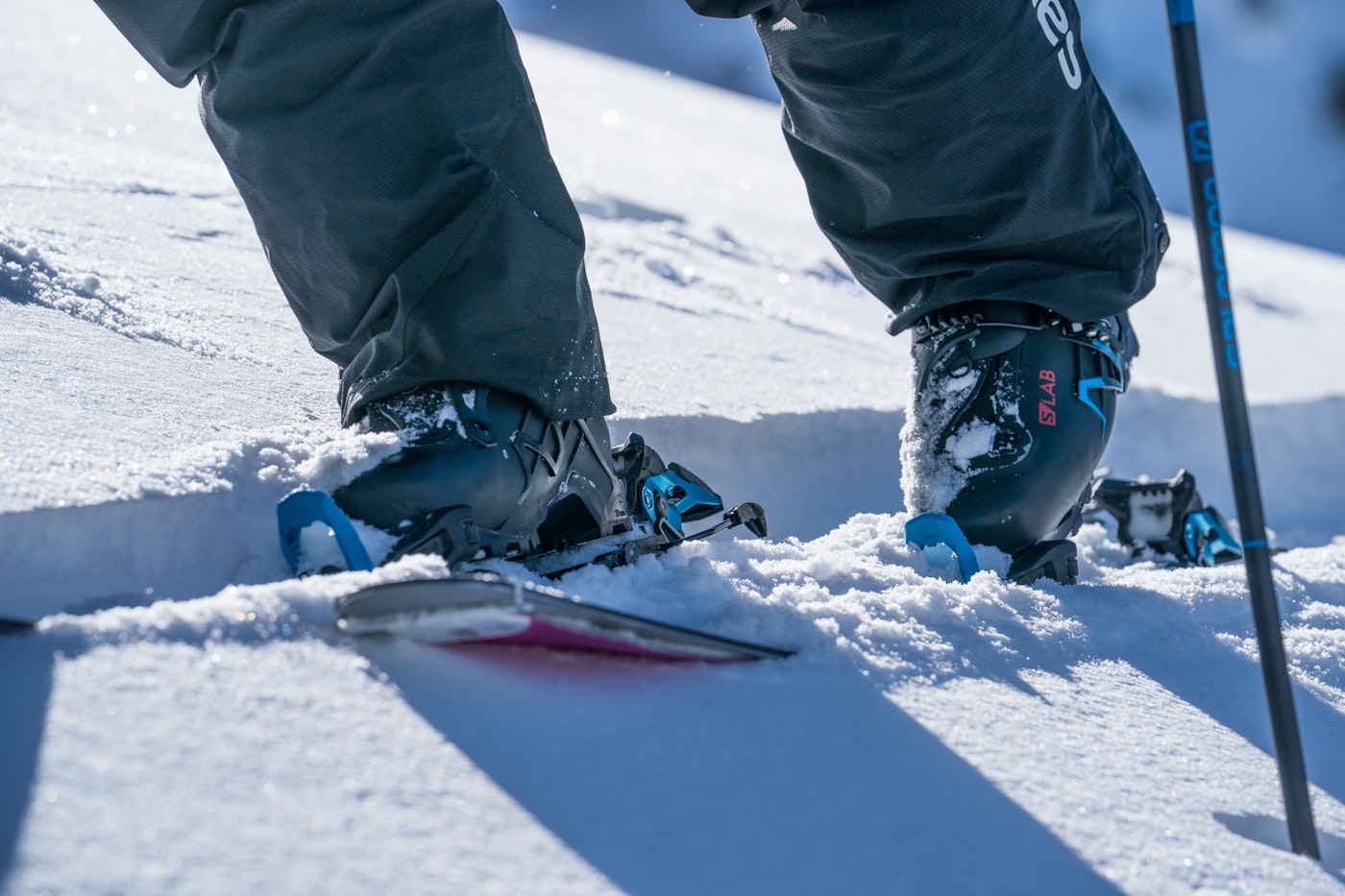
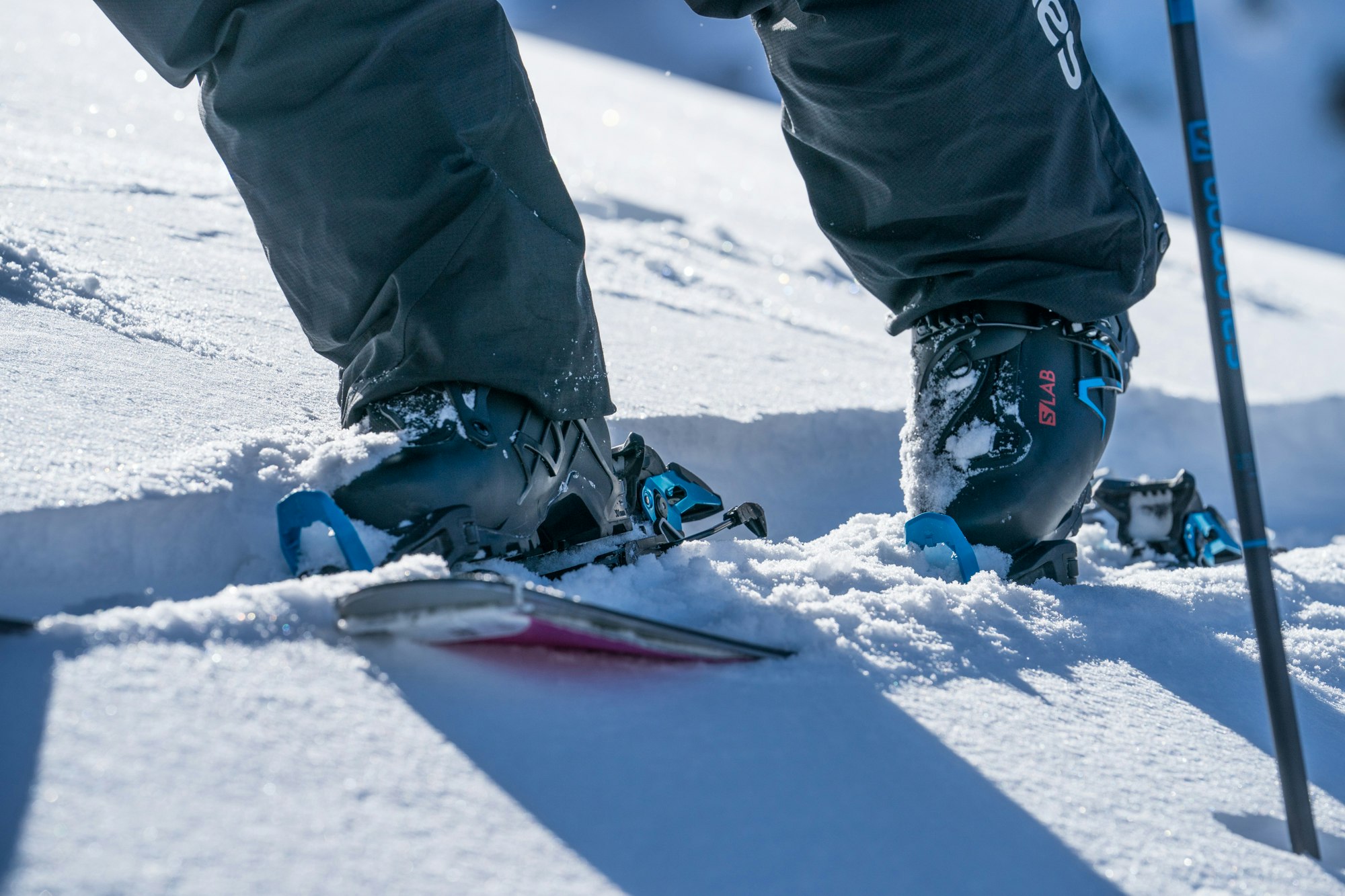
The S/Lab SHIFT seeks to eliminate this compromise. I myself had the opportunity to ski the new binding, mounted to hard-charging Salomon QST 106 skis, at a testing event in Alta, Utah, this week.
We began by testing the S/Lab SHIFT’s uphill efficiency while touring to the top of Alta’s Supreme lift, which has not yet opened for the season. Transitioning in and out of hike mode takes a couple tries to get comfortable, but that can be said for any new tech binding. As far as weight is concerned, although the S/Lab SHIFT weighs in at 1,700 grams per pair (the Salomon MTN binding clocks in at 780 grams per pair w/ brakes) the added weight isn’t too much of a burden, in my opinion. Unless you covet weight savings above all else, it should not be an issue. For reference, Salomon’s framed Guardian binding is 2,920 grams per pair. The biggest benefit of the binding was providing a full range of motion thanks to the pin-tech toe.
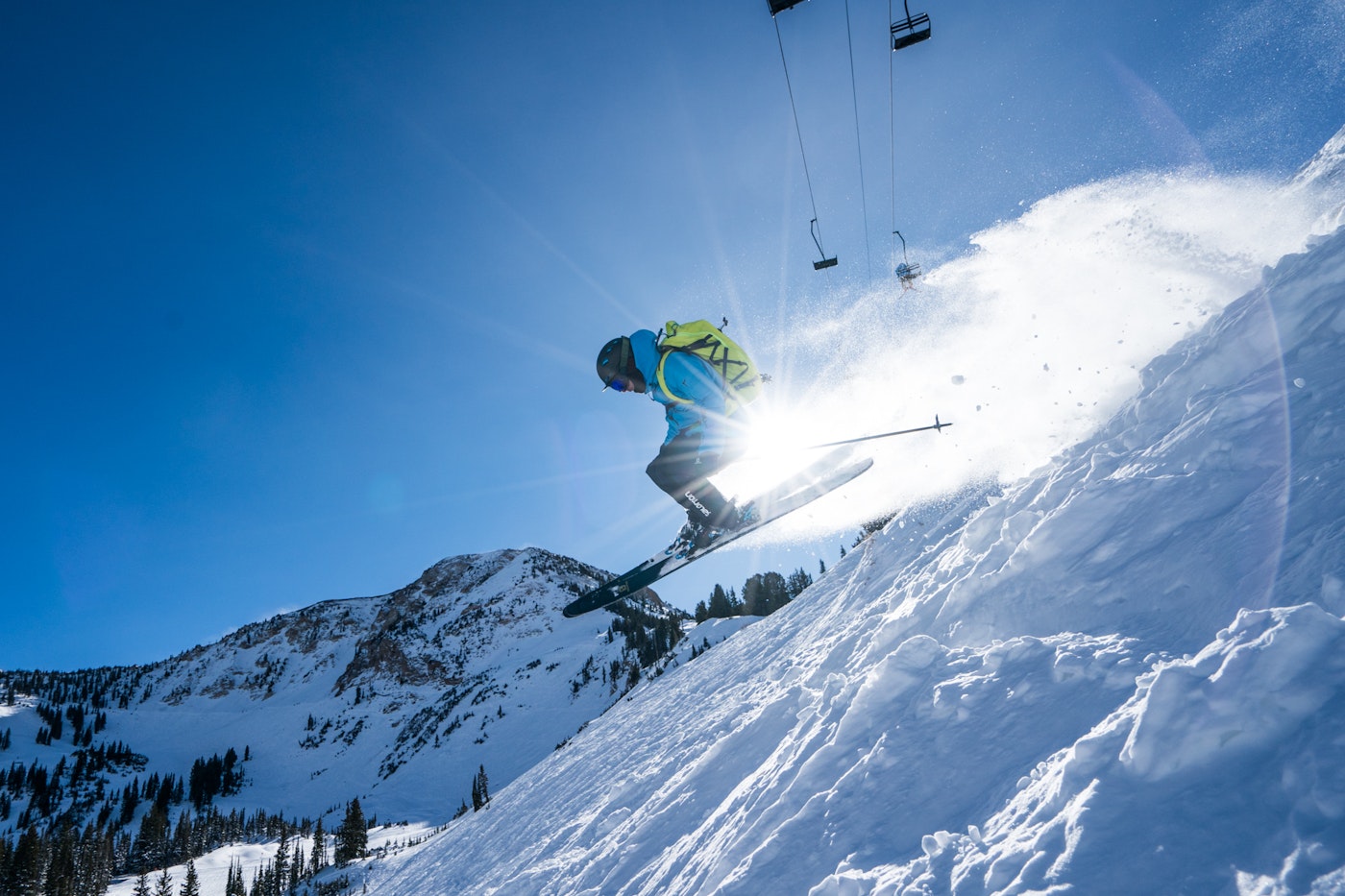
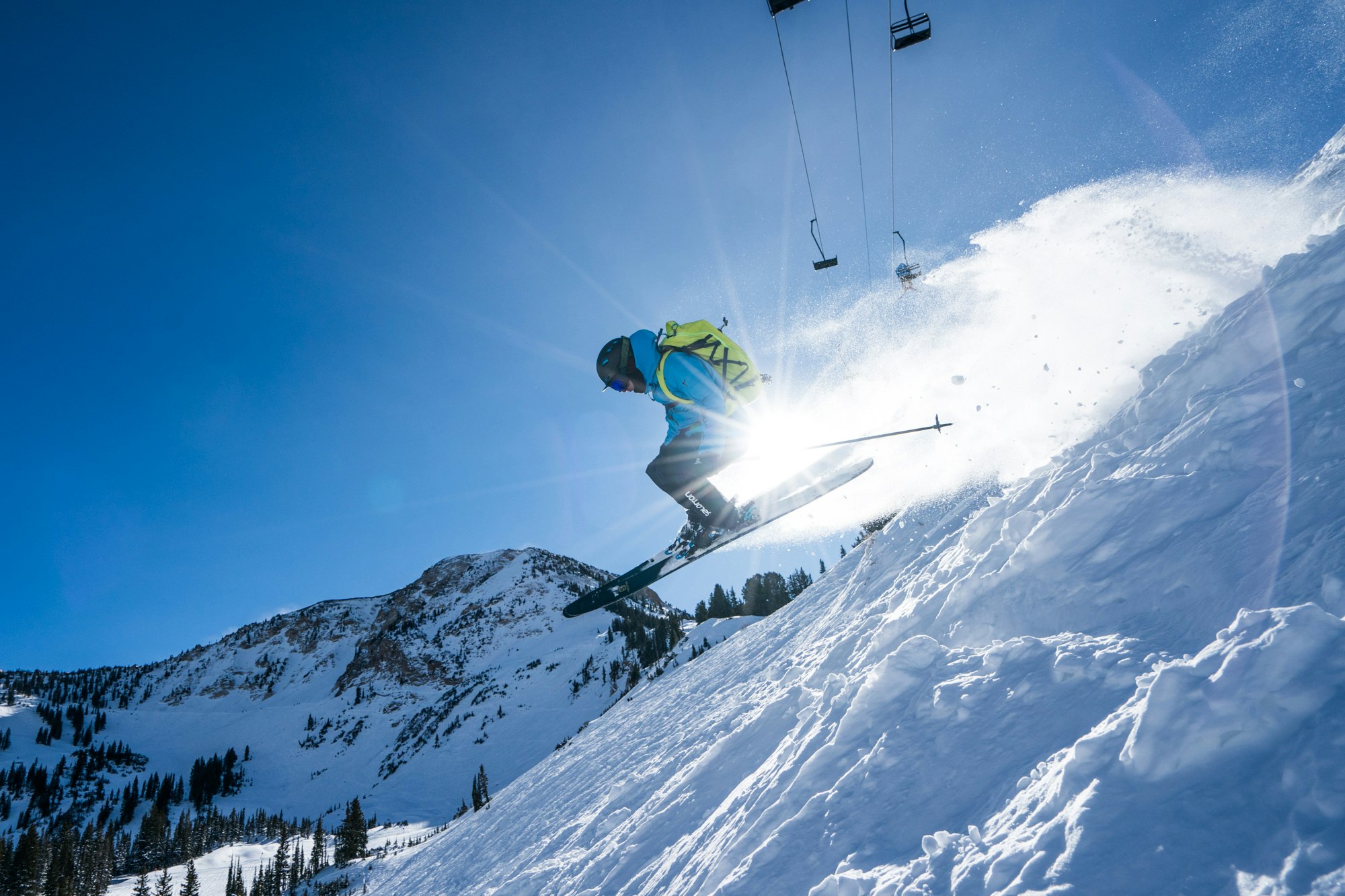
As for the downhill, conditions were ideal for testing the capabilities of this specific binding. After a tour, the group hot-lapped the Wildcat lift on the far skier’s left of the ski area; snow conditions under the chair ranged from hardpack to chalk to moguls and pockets of powder. The toepiece provided power transmission similar if not equal to that of a true alpine binding, allowing me to ski fast, confidently and without concession. From steep, fall line turns to quick-reaction maneuvers in the trees of Lower Rustler, the binding performed as advertised. Both Townsend and Benoit Sublet, the Alpine Binding Product Manager on the SHIFT project, were tossing backflips left and right using these bindings. If the engineer behind the product has enough confidence to stomp inverted tricks on them, the proof is decidedly in the pudding.
For more, visit shift-bindings.salomon.com.

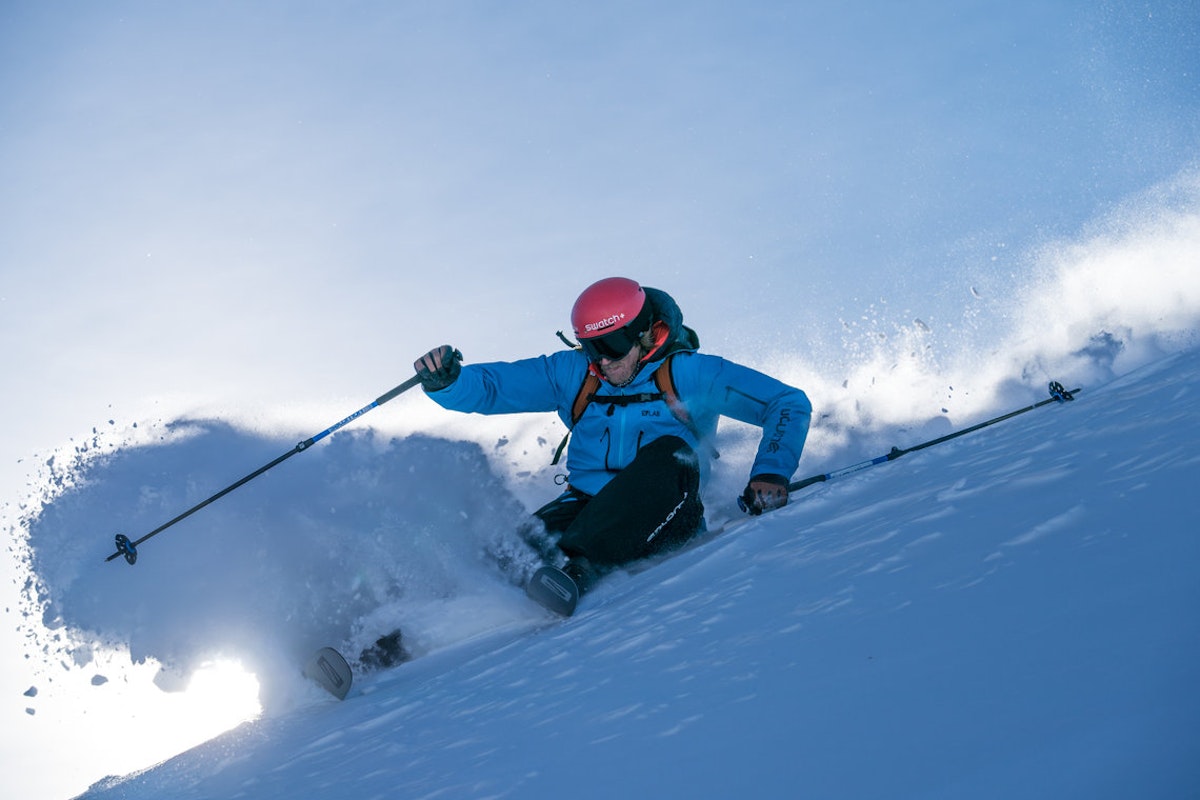

![[GIVEAWAY] Win a Head-to-Toe Ski Setup from IFSA](https://www.datocms-assets.com/163516/1765920344-ifsa.jpg?w=200&h=200&fit=crop)


![[GIVEAWAY] Win a Legendary Ski Trip with Icelantic's Road to the Rocks](https://www.datocms-assets.com/163516/1765233064-r2r26_freeskier_leaderboard1.jpg?auto=format&w=400&h=300&fit=crop&crop=faces,entropy)




![[GIVEAWAY] Win a Head-to-Toe Ski Setup from IFSA](https://www.datocms-assets.com/163516/1765920344-ifsa.jpg?auto=format&w=400&h=300&fit=crop&crop=faces,entropy)


